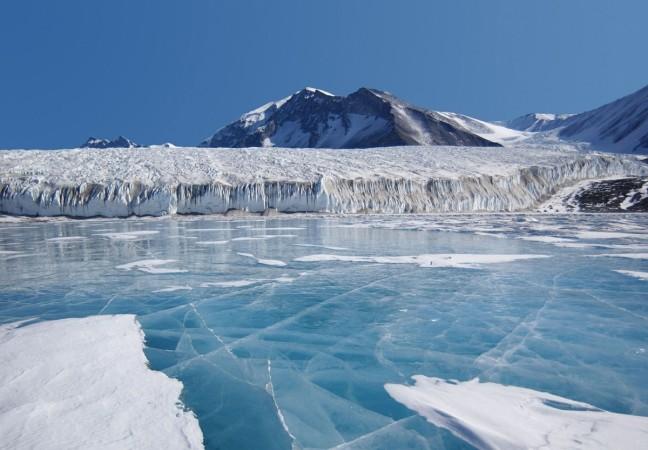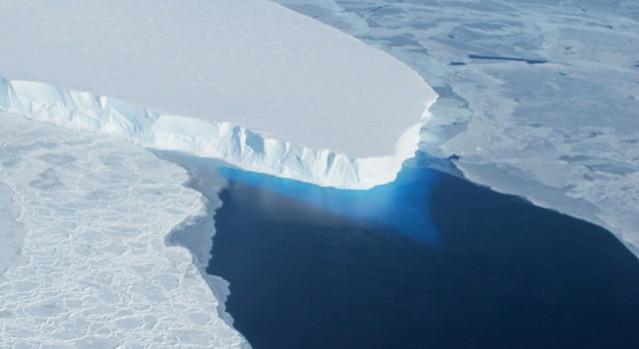
The South African city of Cape Town has run out of water. The city was inching toward the dreaded "Day Zero," a day when the city will eventually have no real freshwater for its people. That day was first set in February, then the date was moved to July. Right now, Day Zero is set to happen in 2019 unless the city somehow manages to get water, through rainfall, or rivers, but the scene is not really looking good for Africa's most southern city.
A new, rather outlandish, plan involves sailing out to Antarctica, about 2,000 km south of Cape Town, and lassoing up an entire iceberg, then dragging it to land for water. If that seems a bit too Looney Toons, but considering how close the city came to going completely dry, nothing is off the table just yet.
According to a report by Quartz, Nick Sloane, marine salvage expert seems to think that an iceberg can easily solve the city's water problems. The iceberg only needs to be, according to Sloane, one kilometre long, half a km wide, and about 250 metres deep and a flat top. All that put together and if successfully towed to Cape Town, one iceberg can provide the city with 150 million litres of clean freshwater everyday for one whole year. That is about 30 percent of the city's annual needs.
In spite of icebergs being, in effect, rather large slabs of ice, they do not melt as fast one would imagine when they are floating in the southern oceans. The largest ever recorded iceberg that broke off Antarctica was afloat for over 18 years before it disintegrated into the sea. Also, this idea of dragging icebergs for freshwater is not entirely a new concept. Only last year, UAE announced plans of doing something similar.

To keep the iceberg from losing too much water to melting, the entire thing will need to be covered in a "textile insulation skirt" says the report. The 2,000 km journey will take about three months and cost a whopping $100 million. All Sloane is waiting for is a go-ahead from the city officials. About the money, he said that they've "... got private investors standing by on the wings to fund it." He added that the only charges that the company will charge the city are a delivery fee.
Cape Town is yet to green-light this project, says the report and the decision on whether or not to go ahead with this project will happen in August.

















